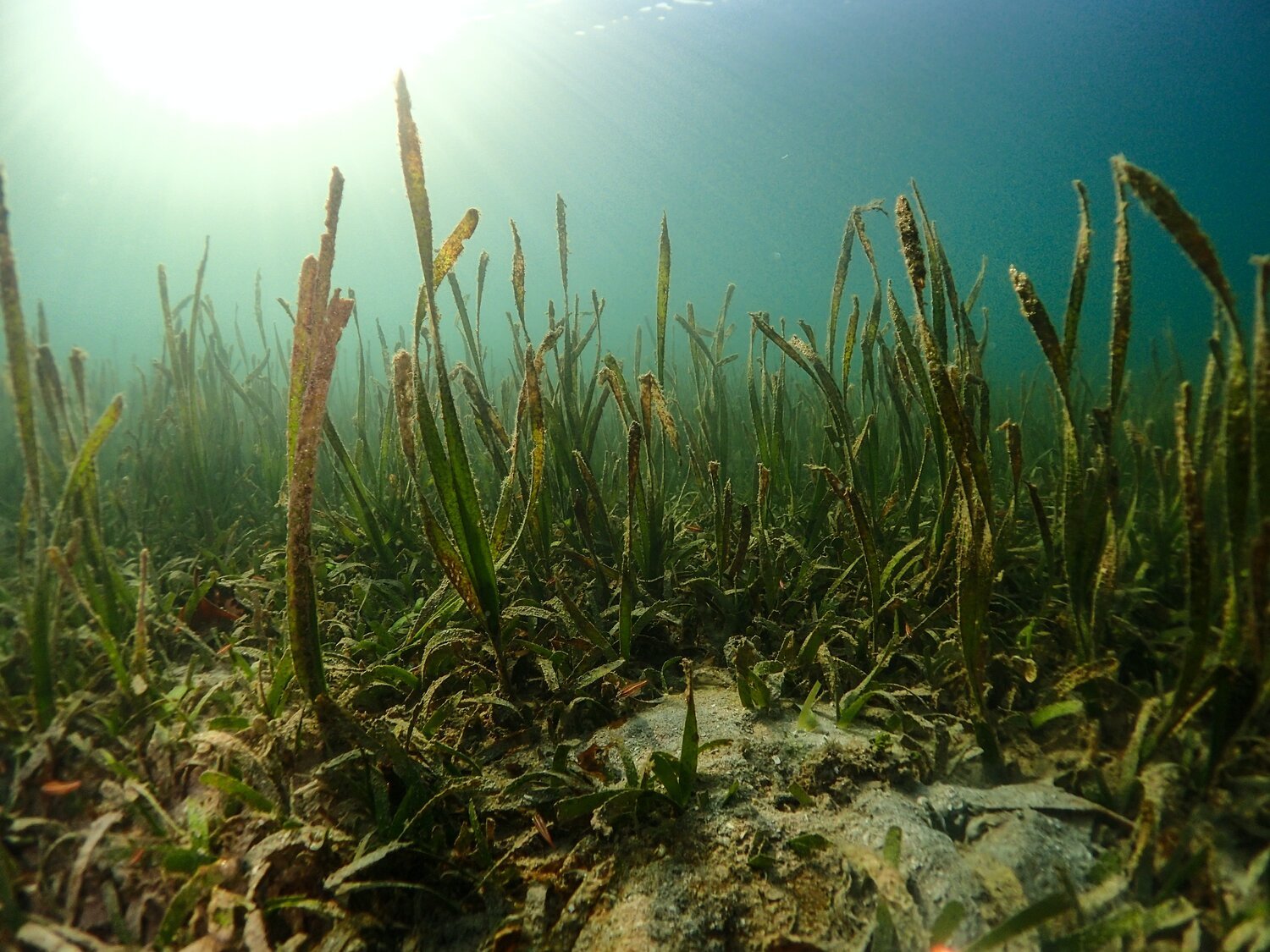Seagrass meadows, often overlooked but essential ecosystems, are under threat from the dual impacts of climate change and human activities.
Seagrass meadows, often overlooked but essential ecosystems, are under threat from the dual impacts of climate change and human activities. A team of experts from James Cook University has issued a stark warning, indicating that without swift and decisive action, these fragile habitats could face devastation.
What are Seagrass Meadows?
Contrary to popular belief, seagrasses are not marine algae but rather flowering plants that have adapted to life underwater. These plants form extensive submerged meadows along coastlines worldwide, serving as vital habitats for marine biodiversity.
Seagrasses play crucial roles in the marine environment and the planet as a whole. They act as ecosystem engineers, creating and maintaining habitats that support a wide array of marine life.
Climate Change Warriors
Seagrasses are natural allies in the fight against climate change. They have the remarkable ability to sequester carbon dioxide from the atmosphere at a rate much higher than terrestrial forests, effectively storing it in their leaves, roots, and surrounding sediment.
This process of carbon sequestration helps mitigate the effects of greenhouse gases, thus playing a significant role in reducing global warming.
Guardians of the Coast
The intricate root systems of seagrasses not only anchor the plants but also stabilize the seafloor, preventing erosion and mitigating the impact of storm surges. This natural barrier is essential for protecting coastal communities from the increasing frequency and intensity of extreme weather events.
Nurseries of the Sea
Seagrass meadows serve as vital nurseries for numerous marine species during their vulnerable juvenile stages. These underwater habitats play a pivotal role in the life cycles of fish, crabs, and other marine creatures, thus contributing to maintaining biodiversity and supporting fisheries worldwide.
Threats to Seagrass Meadows
Despite their importance, seagrass meadows are in decline due to various threats exacerbated by climate change and human activities. Rising sea temperatures and marine heatwaves pose significant challenges to the survival of seagrass species, leading to die-offs and reduced resilience.
Additionally, coastal development and pollution from agriculture, industry, and urban areas further degrade seagrass habitats, creating hostile environments for their survival.
The Path Forward
Addressing the threats facing seagrass meadows requires a multi-pronged approach involving global cooperation, local conservation efforts, and public engagement.
1. Cutting Carbon Emissions
A crucial step in protecting seagrass meadows is to reduce greenhouse gas emissions. This requires concerted efforts from nations worldwide to transition to renewable energy sources, improve energy efficiency, and adopt sustainable practices.
2. Shielding Seagrass Against Climate Change
Protecting coastal areas from the impacts of climate change involves regulating coastal development, controlling pollution sources, and implementing measures to prevent runoff from harming seagrass ecosystems.
3. Collaborative Conservation Efforts
Preserving seagrass meadows requires collaboration among scientists, policymakers, coastal managers, and local communities. By working together, effective management strategies can be developed that consider both scientific knowledge and socio-economic factors.
4. Monitoring and Public Engagement
Monitoring seagrass health and engaging the public in conservation efforts are essential for their protection. Developing detailed maps of seagrass meadows and involving citizens in monitoring initiatives can provide valuable data for conservation efforts and foster a deeper connection between people and their marine environment.
Conclusion
Seagrass meadows are invaluable ecosystems that play a vital role in maintaining the health of our oceans. It is imperative that we take action now to protect these fragile habitats from the threats of climate change and human activities. By working together on local, regional, and global scales, we can ensure the survival of seagrass meadows for future generations.
